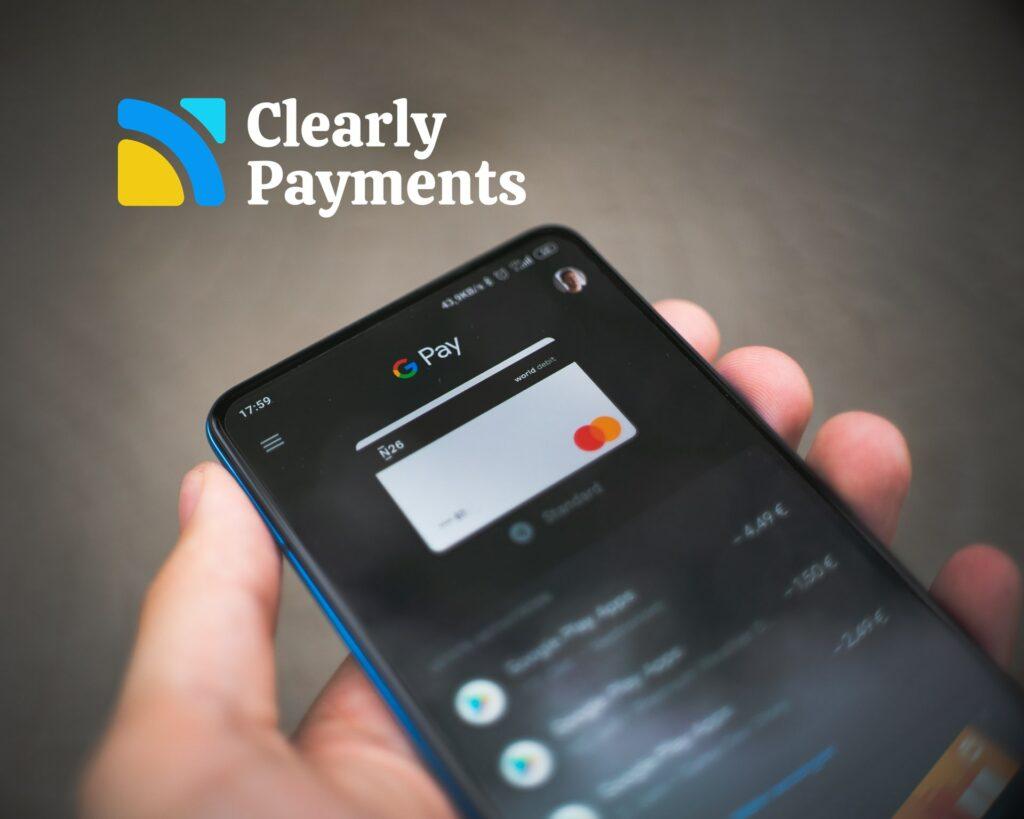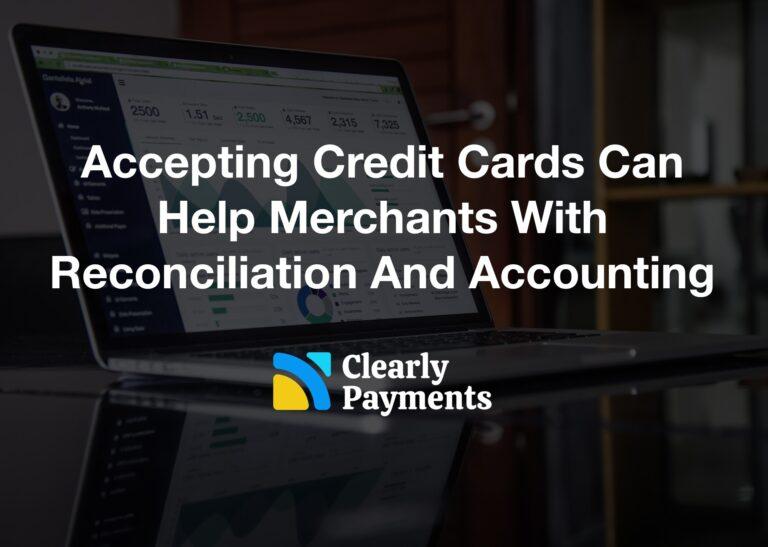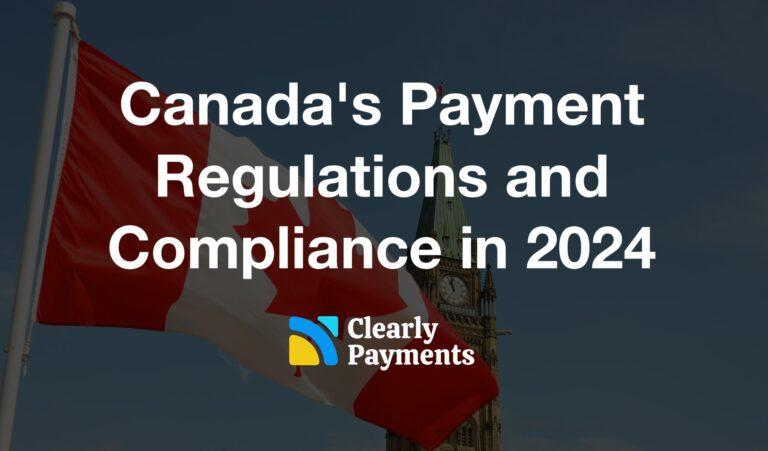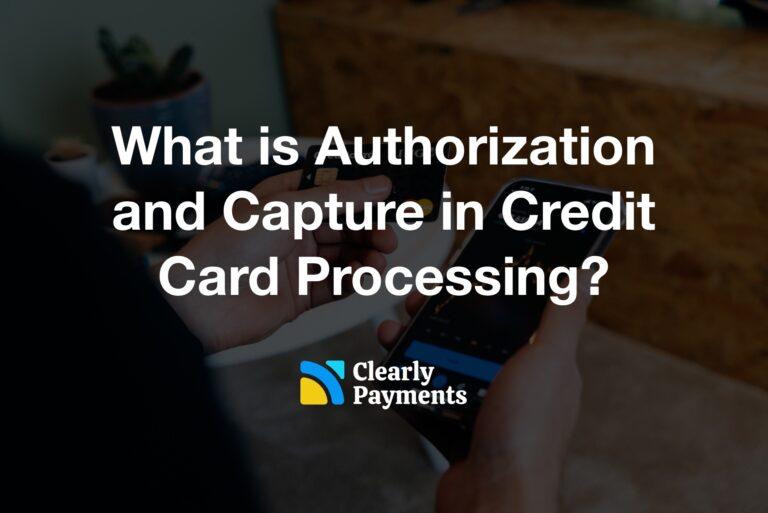It all Started with the Barter System
People used to consider their wealth in terms of possessions (I suppose many still do). This wealth was primarily in the form of cattle, land, grain, housing and other physical assets.
In order to purchase something by bartering, you would essentially trade. For example, you would trade cattle for grain. Different societies would value things differently depending on how useful and scarce things were.
Bartering worked very well. Larger transactions became a little more cumbersome if you had to trade heavy physical assets such as 10 cattle. Large physical assets are not portable. Walking through a market with 10 cattle is not the most convenient.
The Move to Gold and Other Precious Metals
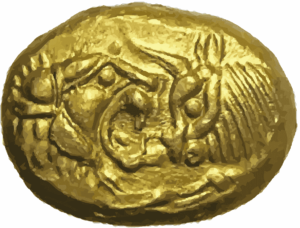
Gold and silver became the standard currency around 600 BC. Lydian coins were coins made out of gold and were used as stores of value and used for trade.
For over 2.5 thousand years, gold and silver have been a solid use for money. Gold and silver has the best and longest historic track record for use as currency. These precious metals have a lot of characteristics that make them great use for money. It has long been agreed that there are certain characteristics that effective currency needs to have.
Characteristics of Good Currency
There are certain characteristics that money needs to have in order to be effective. For example, using cows as money is not very effective for numerous reasons. They do have value and can be traded, but they are not easily portable and not easily devisable. The qualities of good money include:
- Portable
- Divisible
- Durable
- Private
- Limited in supply
- Easily trusted
The Growth of Paper Money
The first paper money in Canada were British Army notes, issued in 1815 ranging in value between $1 and $400. In USA, paper money dates back to 1690 which were bills of credit or IOUs.
Paper money started because the transfer of gold, silver, and other supplies of value from Europe to America could take months. Organizations began to issue paper documents that would guarantee compensation for the holder of these papers (bills of credit or IOUs) to make it easier to transfer.
Over time, the banks and the government started to issue banknotes for the same purpose. These banknotes could be exchanged for an equivalent value of gold and silver. These notes evolved into the paper bills which we use today. Each dollar bill that the government created had an equivalent store of gold.
The primary difference between the dollar bills of the past and the bills we use today is that money is no longer backed by gold. For the government to print more bills, they do not need to have an equivalent value of gold stored. It is now based on a trust system. We trust that the government creating and managing those bills will be responsible and sustainable.
Credit Cards and Payment Processing
After the implementation of paper money, the next big innovation in the way people paid was the credit card. The very first credit card was a cardboard credit card offered by stores to their valuable customers that allowed them to hold a credit or a tab. People would then pay for their purchases at once at the end of each month.
Diners Club, American Express and BankAmericard (now Visa) were the first credit card providers. They released their first plastic credit card in 1959.
Credit cards changed the way people paid by making credit readily available to consumers and made the checkout experience fast and seamless. Credit cards have paved the way for remote payments, online payments, mobile payments, and all the innovative payment methods we have today.
Payment processors are the rails behind modern credit cards that handle the software, hardware and communication among the financial institutions in real time to ensure safe and fast funding.
The Future of Payments
The future of payments, at the very least, will be exciting. One thing that is very likely is that the move to digital forms of payment will only increase. Cryptocurrency has been on the rise since 2009 and today governments are developing and deploying digital currencies that are now being used in some countries. Almost all governments across the globe are actively working on their digital currency strategy. Digital currency will likely be the next step in innovation making payments even faster, safer, and less expensive.

